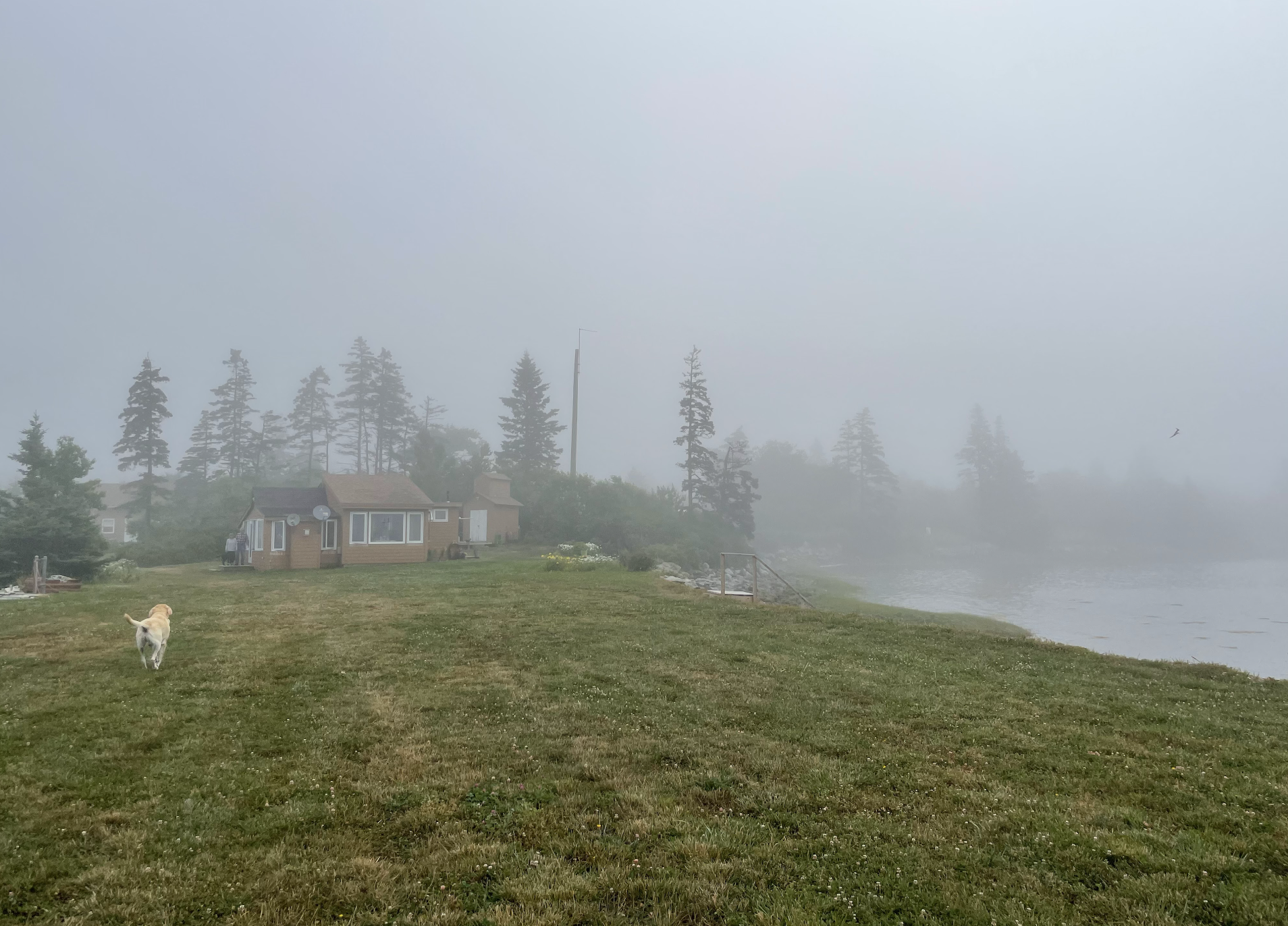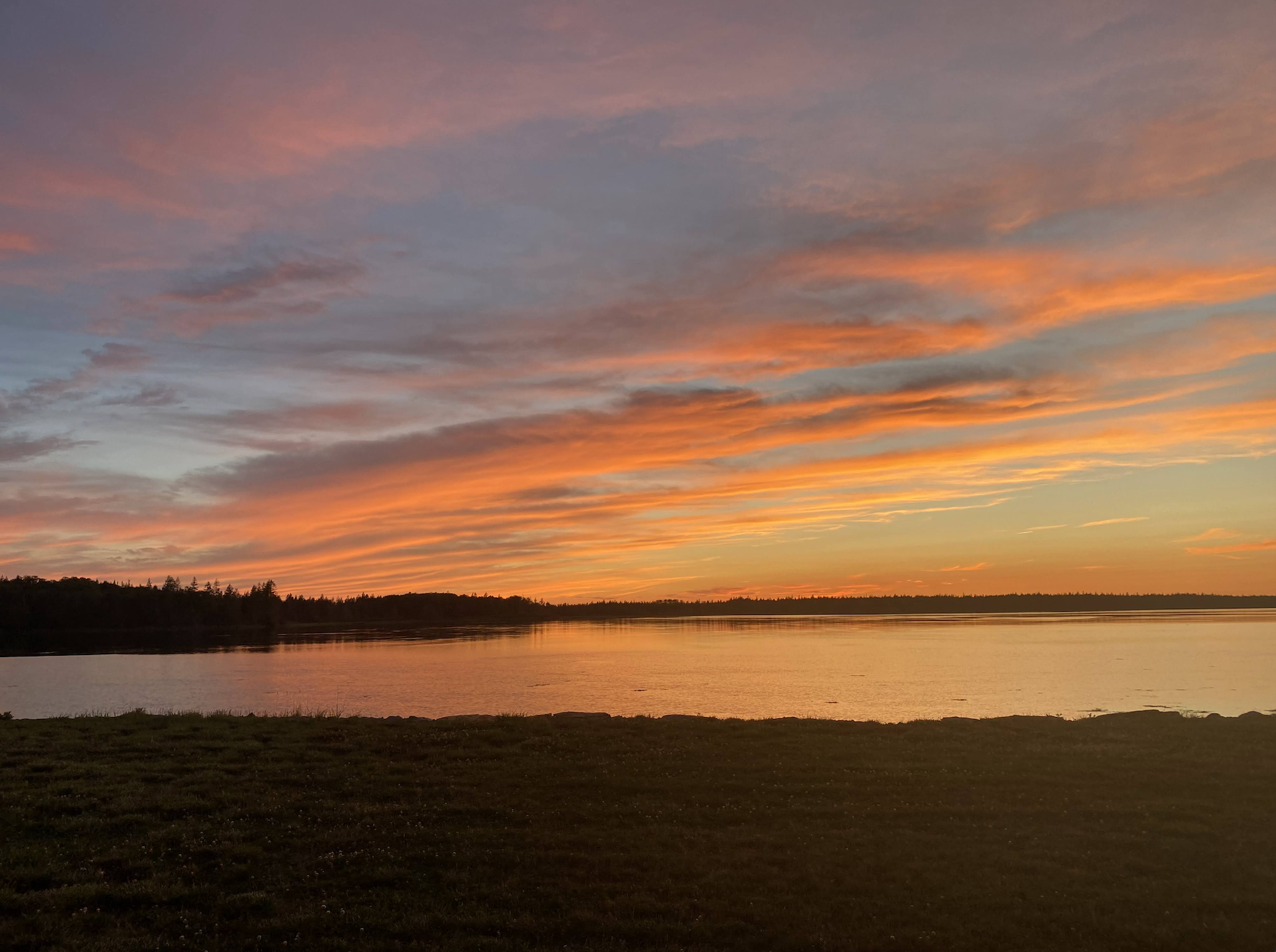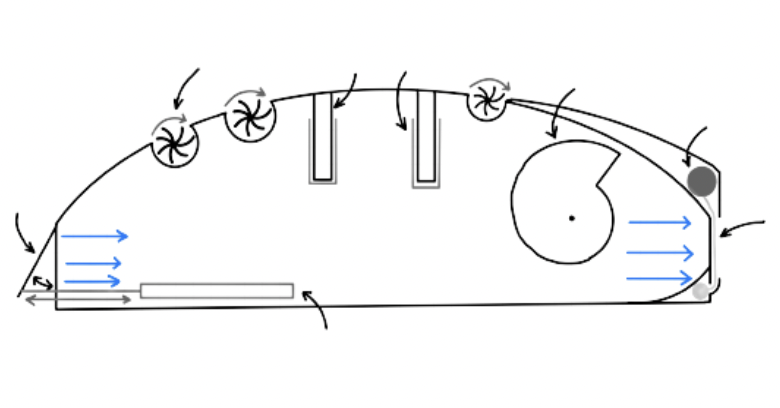
The Invention Process
Identifying
•
Understanding
•
Ideating
•
Designing
•
Building
•
Testing
•
Communicating
•
Identifying • Understanding • Ideating • Designing • Building • Testing • Communicating •

Identifying
The team camped in Nova Scotia over the summer and noticed the vast abundance of marine life compared to their home city, Boston. They realized that since Boston was a heavily polluted port city, and Nova Scotia was not, the difference in ecosystems was due to the amount of carbon dioxide in the ocean water.

2. Understanding
The team researched ocean acidification, carbon capture, and other possible solutions to this problem. They learned through their extensive research that the ocean was a carbon sink that increased its pH with increased carbon dioxide. This increased pH caused animals that could not adapt fast enough to go extinct (plankton, shrimps, lobsters, gastropods, bivalves, starfish, sea urchins, and corals). The only universal method to slow this process is by limiting fossil fuel use, so the team looked into using electrolysis to help solve this problem in a new way.

3. Ideating
The team created a project plan, with two phases. Experimentation and engineering. After completing their experimentation phase over the course of four months, they competed at their school and state science fair to receive feedback and improve their overall invention.

4. Designing
The team researched ocean acidification, carbon capture, and other possible solutions to this problem. They learned through their extensive research that the ocean was a carbon sink that increased its pH with increased carbon dioxide. This increased pH caused animals that could not adapt fast enough to go extinct (plankton, shrimps, lobsters, gastropods, bivalves, starfish, sea urchins, and corals). The only universal method to slow this process is by limiting fossil fuel use, so the team looked into using electrolysis to help solve this problem in a new way.
5. Building
Once the idea was drawn the team built over 100 iterations of the Dawsonite Diver. They experimented with cardboard, plastic, 3D print, glass, and metal.

6. Testing
The team tested every iteration with creative tests, such as seeing how much water was pushed out with different exit mechanisms or how the diver worked in a real boat.
7. Communicating
Throughout their whole journey, the team made sure to communicate with their community. More input always allows for improvement, so the team actively seeked out advice. Besides asking their teachers for advice, they also worked with Connected Alliances who connected them to a Coke executive and former Navy officer. Both of them said this idea would be a great innovation for the future.







